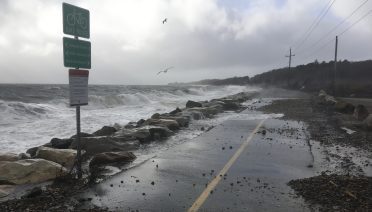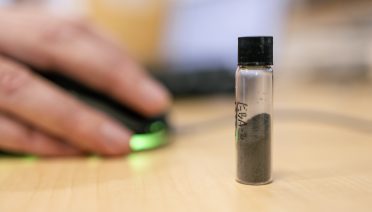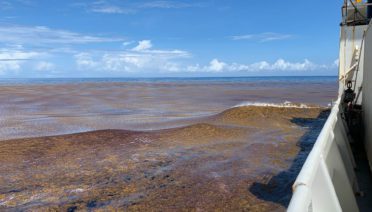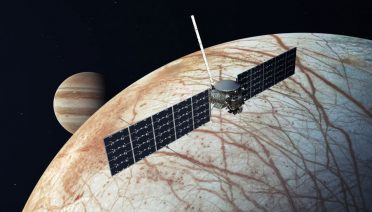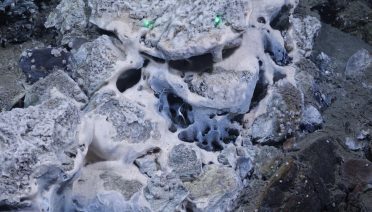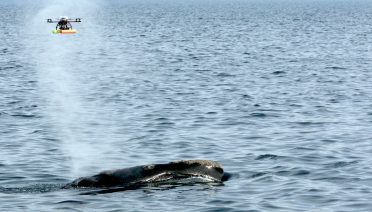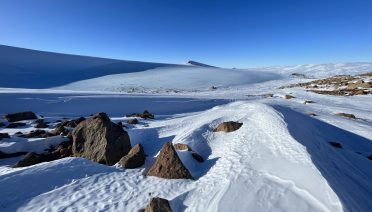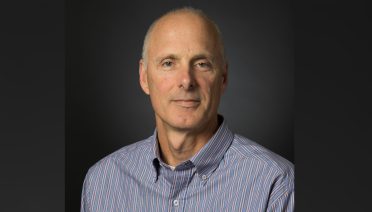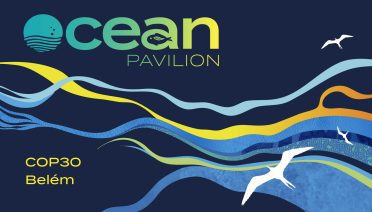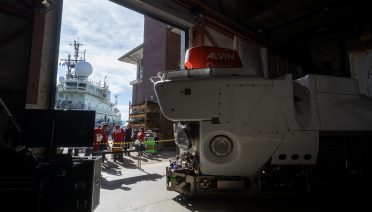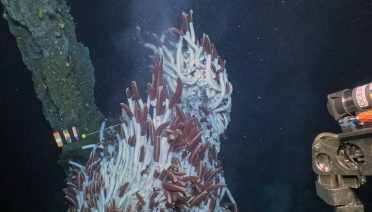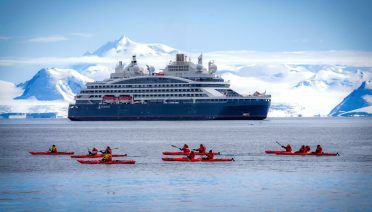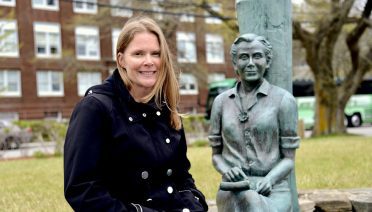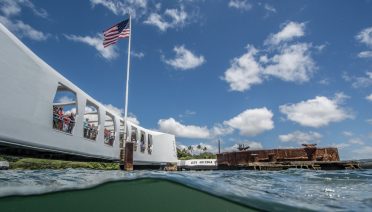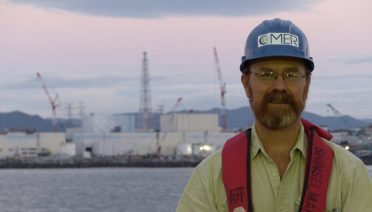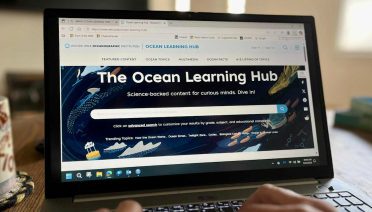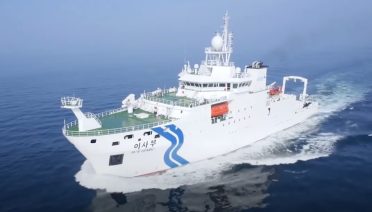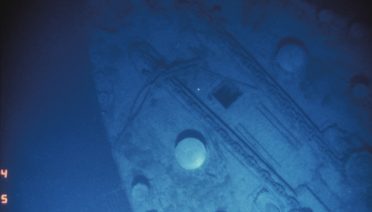Press Room
The study finds that the rate of U.S. coastal sea-level rise has more than doubled in the past 125 years.
Researchers use vanadium isotopes to track the rise of oxygen in ancient seas
The findings point to warming ocean temperatures, shifting nutrient regimes, and changing circulation patterns as likely contributors to this emerging basin-scale redistribution of Sargassum.
The Investigating Ocean Worlds project will seek to improve the analysis of data related to carbon-rich molecules that could be an indicator of biological activity.
A distinctive oceanic core complex releasing hot fluids has been identified at a depth of 2,700 meters on the Arctic Ocean’s floor.
A first of its kind study links drone-collected respiratory microbes with health assessments, offering hope for protecting vulnerable populations
This is the most significant discovery to date for COLDEX, an NSF Science and Technology Center funded in 2021 to explore the Antarctic ice sheet, which is the largest ice mass on the planet.
The Harald Sverdrup Lecture honors individuals who have made exceptional contributions to, and promoted collaboration within, atmospheric and oceanographic research.
Leading science institutions and partners highlight ocean–forest interconnection and the ocean’s role in global climate solutions at COP30
Backed by global leaders and philanthropists, WHOI launches a landmark campaign to advance the science that protects the ocean, sustains communities, and secures our ocean future.
A new study reveals fluctuations in temperature of fluids from hydrothermal vents indicate the effects of magmatic and tectonic processes that occur miles beneath the seafloor.
Three-year collaboration to include scientific expeditions, onboard educational programming, and testing of next-generation ocean research technology
WHOI’s Julie Huber Awarded Prestigious Rachel Carson Lecture by the AGU
The findings underscore the USS Arizona’s dual role as a solemn memorial and a “living laboratory.”
Buesseler joins a distinguished group of scientists, leaders and communicators recognized by AGU for advancing science.
WHOI scientists delve into the elusive fish’s role in the food web
Digital gateway to ocean science now available for curious minds worldwide
A newly published study challenges long-held assumptions about the origins of urban civilization in ancient Mesopotamia
How cutting-edge technology, novel search techniques, and persistence paid off

